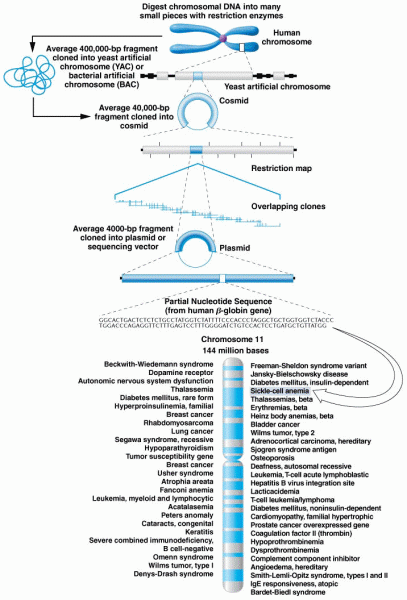|
|
|
Looking at the sun may not only cause headache and distort your vision temporarily, but it can also cause permanent eye damage. Any exposure to sunlight adds to the cumulative effects of ultraviolet (UV) radiation on your eyes. UV exposure has been linked to eye disorders such as macular degeneration, solar retinitis, and corneal dystrophies.
Less than one of every three adults with high LDL cholesterol has the condition under control. Only 48.1% with the condition are being treated for it.
By definition, when a medication is administered intravenously, its bioavailability is 100%.
It is difficult to obtain enough calcium without consuming milk or other dairy foods.
Egg cells are about the size of a grain of sand. They are formed inside of a female's ovaries before she is even born.







